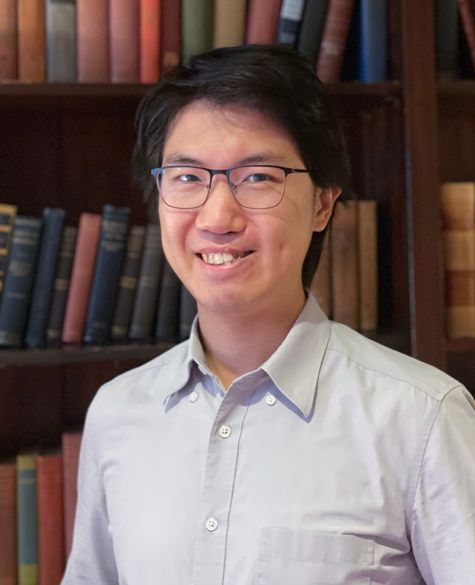Early Career Scientist Spotlight
Dr. Aaron Yung (he/him/his)
Theoretical Astrophysicist
Observational Cosmology Laboratory (665)
What science questions do you investigate?
I am most curious about how the Universe works near its beginning (just a few hundred million years after the Big Bang!) and the intermediate cosmological events that occurred throughout the Universe’s 13-billion-year-long history. While these events took place in the distant past, they are responsible for shaping the present-day Universe and the Milky Way Galaxy that we all live in!
Specifically, my work focuses on understanding how the very first generation of galaxies formed and how various physical processes and feedback mechanisms influenced their evolution over cosmic time, including star formation, black hole accretion, etc. I also explore modelling galaxies in the context of “cosmic ecosystems”, which extends to the intricate interplay among galaxies, supermassive black holes, and multi-phase gas within, in between, and far away from galaxies. These are important open questions that will help us understand the history of our Universe and how we got here. Soon, my collaborators and I will be using the James Webb Space Telescope (JWST), NASA’s brand-new premier observatory, to address many of these questions!
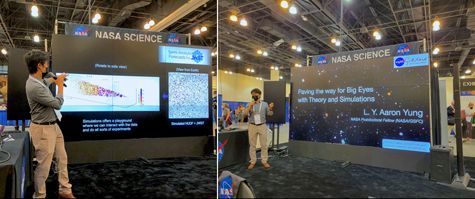
Credit: Heidi Hammel (left) and Jon Gardner (right)
Tell us about the research projects you are currently working on.
I have been working on a project called "Semi-analytic forecasts for JWST" since 2018, through which I use semi-analytic techniques to simulate tens of millions of galaxies and quasars from the early stages of the Universe and across multiple epochs in cosmic history. I also explore the co-evolution between galaxies and their surrounding cosmic environment. These predictions have been used to strategize our search for extremely distant galaxies with Webb and are forward modelled into synthetic images that were used in the development of Webb data reduction pipeline. These models will also play a role in the physical interpretation for galaxies detected in future surveys. My work is recently featured in a blog post in NASA's official Webb Blog.
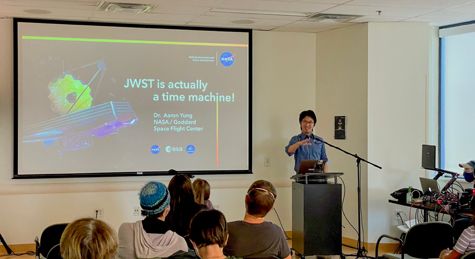
Credit: Friends of Arlington’s David M. Brown Planetarium
What aspect of your work excites you the most?
As a theory person who spent years making predictions for galaxies that Webb will be able to see, I am most excited for the historical launch and successful deployment of Webb and the years of spectacular discoveries to follow. I will continue to work closely with many observing teams, including the Cosmic Evolution Early Release Science (CEERS) program and approved Cycle 1 programs NGDEEP, PRIMER, and many others to unfold the Universe. I can’t wait to compare my predictions to actual Webb observations and see what physics we can learn from it. Ultimately, Webb observations will constrain the existing state-of-the-art theories and, for the first time, reveal how the Universe works at early times.
What inspired you to pursue a career in astrophysics?
Since I was little, I have been fond of the idea that everything around me seems to abide by a certain set of rules that are not tethered to anything in particular. Later I learned that this is called physics. In Chinese languages, the phrase for physics (物理; mat6 lei5) came from the words for matter and rationale. The idea of "making sense of things" has been super intriguing to me and has been stuck in my head ever since I learned about it. Despite my strong interest in physics, it was very intimidating to pursue because everyone kept telling me how difficult it is. At first, I was having trouble picking a major in college, but then I decided to follow my heart and choose physics. As an undergrad, I was given an opportunity to conduct directed studies in astronomy, which I immediately fell in love with and I decided to follow through in graduate school. After all, the Universe is the largest amusement park for all sorts of peculiar physical phenomena!
You can listen to my scientific journey in an interview with former NASA Chief Scientist Jim Green in NASA's Gravity Assist podcast.
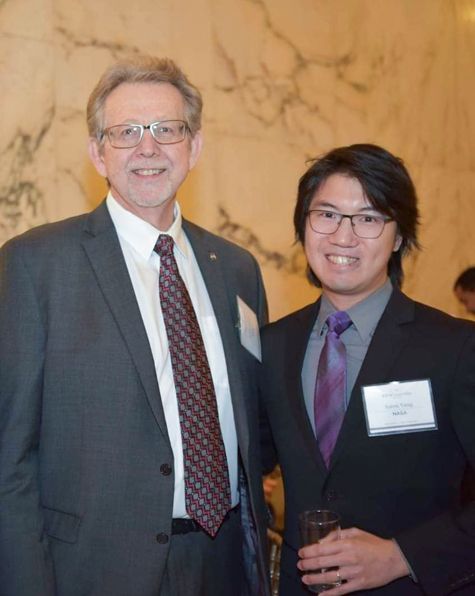
Credit: CME STEM
What early career advice do you have for those looking to do what you do?
At the very beginning, take advantage of short-term research opportunities (e.g. summer REUs, semester-long research course) and try as many things as possible. You may fall in love with something you have never even heard of. I started out in undergrad wanting to work on topics related to mathematical physics. I had no prior experience in astronomy. Luckily, I was given an opportunity to take part in a research group, which later led to some observing nights at the Arecibo Telescope, the world’s largest telescope at the time. This experience and many others have totally changed my life and led to the decision of pursuing a career in astronomy.
When it comes to selecting a specific field to study, definitely pick something that you are truly passionate about and focus on the questions that really intrigue you. I was once offered an opportunity to work with a resourceful nuclear physics lab as a graduate student. Despite the promising project and abundance of resources, I admitted to myself that I would be a terrible fit for a career in laboratory sciences. Every time I look back, I am grateful for sticking with something that is near and dear to my heart.
What are your future research interests and goals?
I am very excited for the release of the final paper in the "Semi-analytic forecasts for JWST" series right before Webb begins science operation, and I am looking forward to kick-starting my support work for the Roman Space Telescope, NASA’s next premier space-based observatory, with a new work series “Semi-analytic forecasts for Roman”.
Soon, I will also be working on a new project where I’ll be modelling the seeding and growth of supermassive black holes and the co-evolution with their host galaxies in the early episodes of cosmic history. These early forming black holes may have strong impacts on the evolution course of galaxies, but even with Webb, directly detecting these black holes would be extremely difficult. As part of an approved JWST Cycle 1 theory program that I am the PI of, I will be developing a simulation framework that bridges the gap between early forming black holes and galaxies. This work will provide physically motivated predictions for signatures that are observable by Webb that can be used to characterize the presence of supermassive black holes in early galaxies.
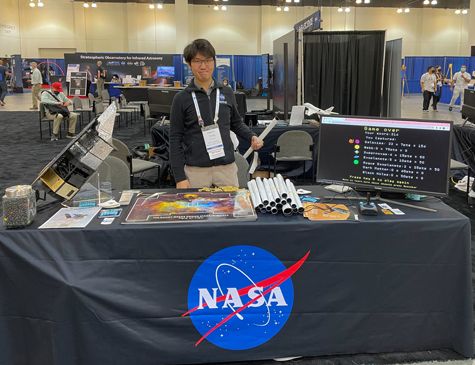
Credit: Austen Gabrielpillai
What do you like to do in your free time?
I met my wife during the pandemic when many places were closed. We have been hiking and cooking a lot together ever since.
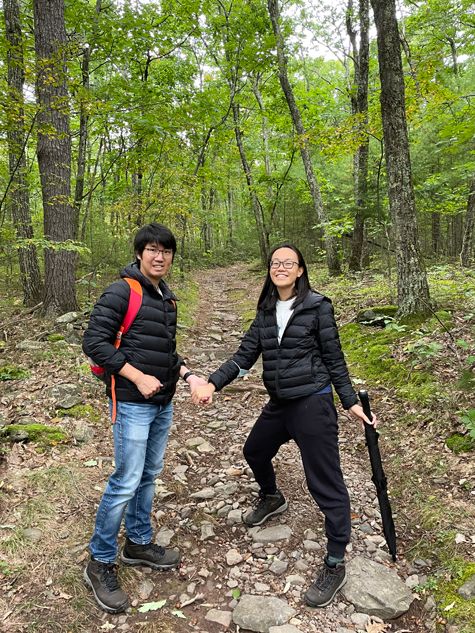
Credit: Aaron Yung
Biography
Home Town:
Hong Kong (born)
Honolulu, Hawaii (raised)
Undergraduate Degree:
B.S. in Physics & Math, University of San Francisco, California
Post-graduate Degrees:
Ph.D in Astrophysics, Rutgers University, New Jersey
